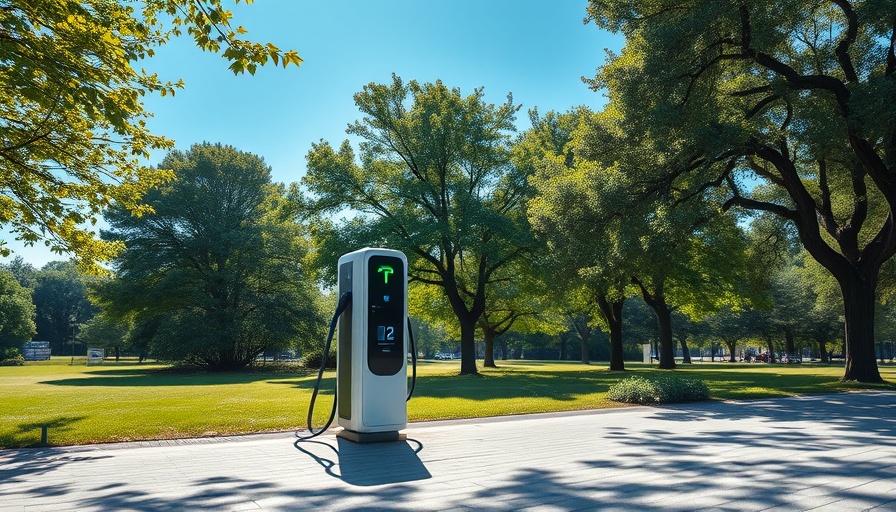
Mercedes-Benz Adjusts EQ Pricing: A Significant Shift
In a surprising move that has sent ripples through the automotive industry, Mercedes-Benz has revealed a significant cut in pricing for its EQ electric vehicle lineup, particularly as it prepares to cease production in the United States. This decision marks a pivotal moment for the brand, raising questions not only about the future of its electric offerings but also about the broader trends in the EV market.
The Implications of Pricing Changes
The reduction in prices reflects Mercedes' attempt to stay competitive in an increasingly crowded electric vehicle market, where brands are vying to offer both affordability and advanced technology to consumers. The EQ lineup, which includes models like the EQS and EQE, was originally launched with high expectations but faced challenges in a marketplace largely dominated by rival manufacturers such as Tesla. By slashing prices, Mercedes is betting on attracting a segment of buyers who might have previously considered other alternatives.
Why End Production in the U.S.?
Ceasing production in the U.S. raises eyebrows amidst a burgeoning domestic EV market. This strategic shift is influenced by perceived market dynamics and production costs, highlighting a significant re-evaluation of business strategies within the context of fluctuating demand for electric vehicles. While the move may seem counterintuitive, understanding the underlying factors can provide valuable insights into the state of the automotive industry.
Future Predictions for Electric Vehicles
Industry experts have pointed to an impending shift in consumer preferences that will reshape electric vehicle offerings. As EV technology evolves and infrastructures, such as charging stations, become more widespread, manufacturers that adapt their strategies are likely to thrive. The move by Mercedes could be seen as a proactive adjustment to ensure their place in this fast-evolving landscape.
Unpacking the Consumer Perspective
From the consumer standpoint, lowered prices for the EQ vehicles may appear as a fantastic opportunity. Yet, lingering questions surround the long-term implications of ending production in the U.S. How will this affect warranty support and service availability for existing customers? Will buyers now view these vehicles as depreciating in value?
The Competitive Landscape of EVs
The electric vehicle market is seeing a rush of new entrants and established brands, all striving to capture market share. With Tesla consistently setting the benchmark in technology and pricing, traditional automakers face pressure to innovate quickly. Mercedes’ pricing strategy reflects not only their response to competitive pressures but also market sentiments leaning toward value and practicality.
Key Takeaways
1. Lower prices on the EQ lineup mark a notable shift in strategy.
2. The decision to end U.S. production underscores the challenges faced by traditional automakers in a rapidly changing market.
3. Future trends point to greater competition and innovation in the EV space.
For consumers invested in the electric vehicle segment, staying informed on these developments can empower better decision-making as the landscape continues to evolve.
As we move forward, it will be essential to monitor how these changes impact Mercedes-Benz's brand perception and resilience in the electric vehicle sector. Whether these adjustments will attract new buyers remains to be seen, but they do signal a crucial pivot in a fascinating and complex industry.
 Add Row
Add Row  Add
Add 




Write A Comment